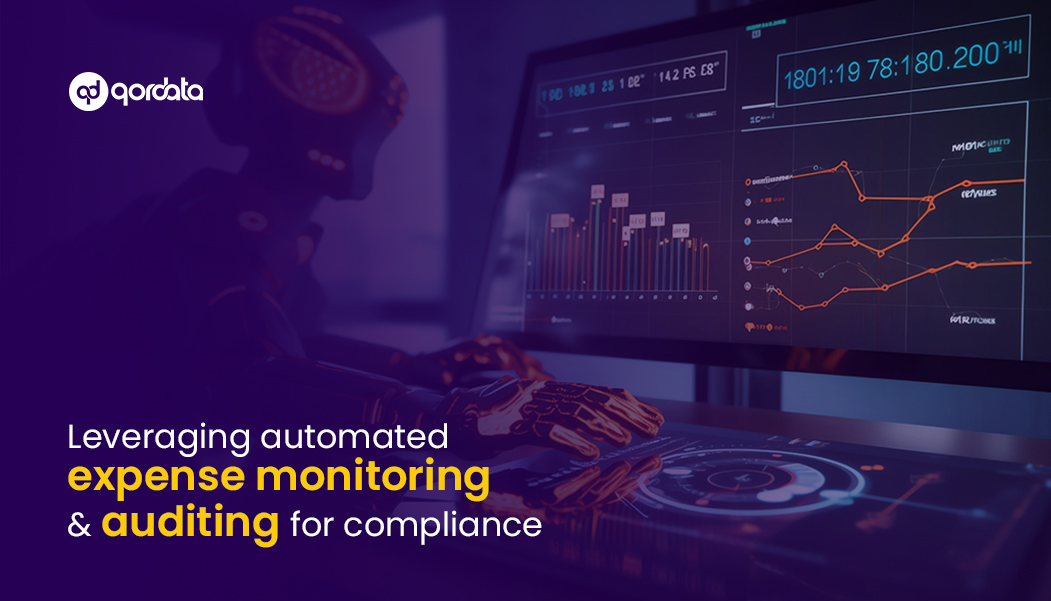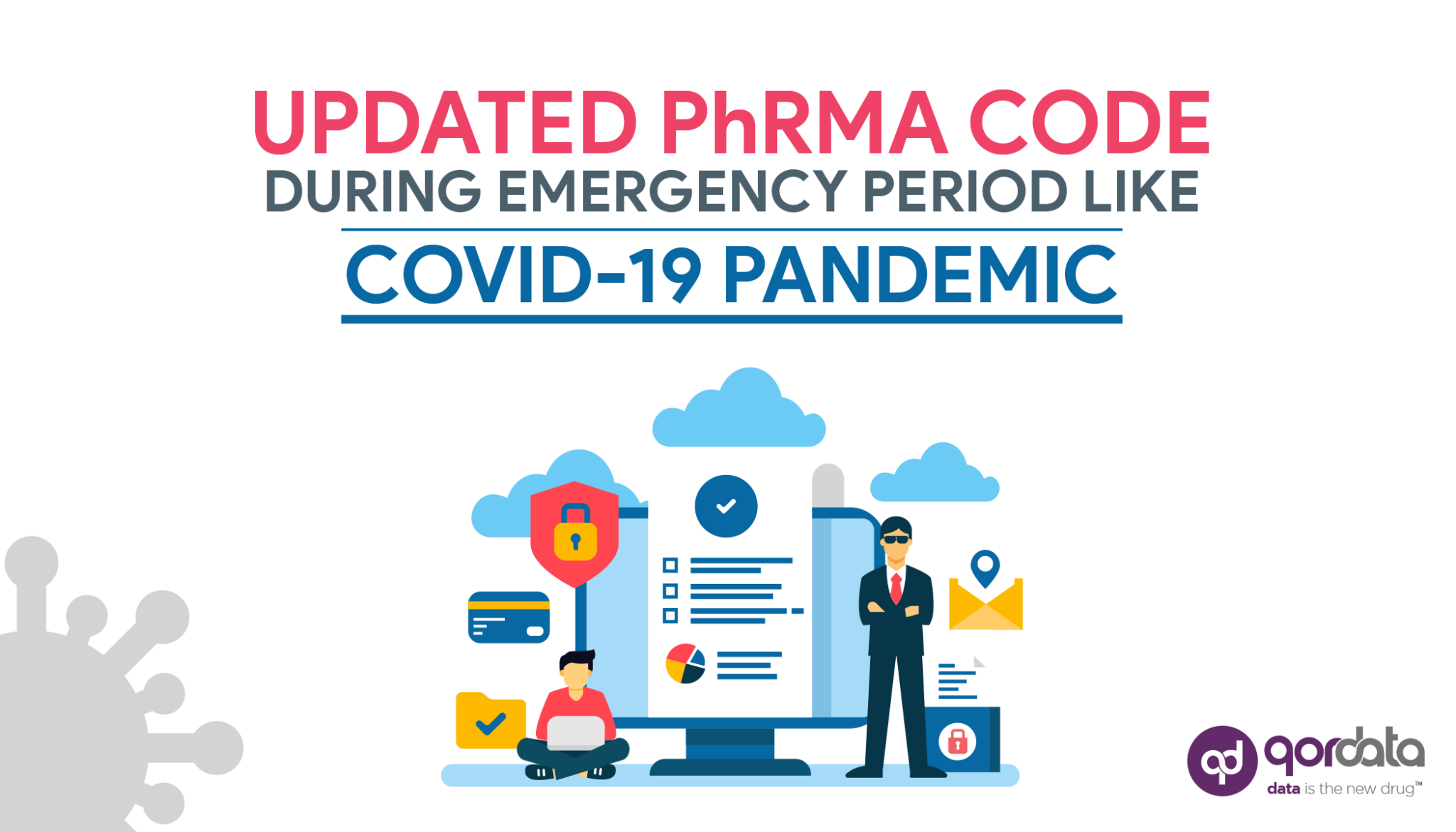Table of Contents
ToggleThe Physician Payments Sunshine Act aims to increase transparency around the financial relationships between healthcare professionals and Life Sciences companies. This requires the submission of aggregate spend reports to the Centers for Medicare & Medicaid Services (CMS).
For the most part, the approach to meeting aggregate spend reporting requirements makes it easier or extremely difficult for compliance professionals to ensure a seamless transparency reporting process.
Manually tracking expenses and identifying reporting errors before submission are some of the primary factors that make it challenging for compliance professionals to adhere to the transparency reporting requirements.
The indisputable way, however, through which compliance teams can enhance the effectiveness of their transparency reporting process, provide a complete and accurate report, and augment their compliance program is by leveraging a data-driven compliance solution.
This article specifically highlights the three key focus areas that will enable compliance professionals to streamline and harmonize transparency reporting.
-
Enhancing Data Quality & Accuracy
-
Advanced monitoring to mitigate the risk of fraud and abuse
-
Optimizing The Data Validation Process
The insights will help you strategize operations to ensure better data quality and management, enable you to take control of your organization’s data, efficiently analyze spending for business and compliance value, and reduce the complexity involved in preparing aggregate spend reports.
Enhancing Data Quality & Accuracy
An efficient data collection and submission process powered by a data-driven solution ensures that all the payments and transfer of values (ToVs) are accurately documented and stored.
The compliance team can then utilize the stored data to expedite the aggregate spend report preparation & submission process.
Moreover, by efficiently consolidating data within a single system, compliance professionals would significantly minimize the need to extract spend data from siloed sources, eliminating last-minute hassles.
The ideal scenario is when the risk of inaccuracies, $0 transactions, duplications, and other critical issues have been mitigated, and there is a low risk of disputes arising after CMS submission.
The reality is that the risk of inaccuracies or disputes arising after CMS submission is a norm in the life sciences industry, and this, over the years, has resulted in penalties, regulatory sanctions, and other consequences.
In most cases, extensive manual processes, outdated practices, and inefficiencies compromise data quality. This increases the pressure on compliance teams that not only have to ensure a timely CMS submission, but they also must verify the accuracy and validity of data before the submission.
Therefore, establishing an automated and efficient transparency reporting function is integral to ensuring complete and accurate CMS submission.
Spend data analysis, validation, preparing spend reports, and timely submissions become easier when efficient and automated processes are in place.
To conclude, compliance professionals should have an automated and data-driven process in place to ensure data quality, enhance productivity, identify errors, gaps, and discrepancies quickly, and improve data quality in real time so that complete and accurate reports can be submitted to the CMS.
Advanced monitoring to mitigate the risk of fraud and abuse
In 2022, the U.S. Department of Justice (DOJ) continued its journey towards increasing the level of enforcement and scrutiny on Life Sciences companies, and the Federal False Claim Act (FCA) remained the DOJ’s favorite tool to identify fraud and abuse.
Therefore, it’s imperative that compliance professionals identify fraud and abuse within their organizations before the regulatory authorities do.
The way forward is shifting the focus from collecting, sorting, and validating aggregating spend data to streamlining measures to improve the completeness and accuracy of data with effective data analytics to enhance their compliance program’s ability to detect potential concerns of fraud and abuse.
But these are not the only capabilities you must augment to minimize the risk of violating the fraud and abuse law.
For instance, enhancing risk assessment, identifying potential red flags, and focusing on high-risk areas, i.e., payments made to healthcare professionals (HCPs) linked to specific prescriptions or referrals, are also critical to enhancing the overall compliance program’s effectiveness.
In this case, analyzing transparency can be an integral component necessary for identifying patterns to get to the root cause of business-critical risks.
A Compliance Monitoring Solution that identifies risks of violations and can quickly and effectively implement corrective actions to remediate the risk of non-compliance is key to ensuring success in achieving compliance.
In addition, Building a culture of compliance where all employees are fully aware of the company’s values and the individual knows their role and what’s at stake is important.
Data-driven compliance solutions are an emerging trend in life sciences. They are essential in identifying and minimizing the risk of fraud and abuse and drive successful compliance programs.
Optimizing The Data Validation Process
Continuously improving your compliance maturity model and augmenting your data validation process by implementing an automated transparency reporting solution ensure data accuracy.
It is imperative that you capitalize on underlying factors to drive compliance success from the ground up. In the case of aggregate spend reporting, building an optimal data validation process is an effective way forward.
Implementing an automated solution for data validation is one of the driving forces of assuring success in the timely submission of complete and accurate CMS Open Payment reports.
When manual processes require extensive workforce hours to validate tons of data, an automated solution requires just a few clicks to get the job done efficiently and with much more accuracy.
Additionally, when your compliance team is leveraging automated data-driven solutions, it becomes easier for them to perform other imperative tasks such as cleansing existing data of inaccuracies, verifying HCPs for precise profiling, utilizing approved data sources, and taking risk preventive measures quickly.
Furthermore, the following points provide a view of how exactly this would help in the harmonization of transparency reporting:
-
Uncover patterns and trends in payment data that may indicate business-critical risks.
-
Automated data validation ensures that compliance teams have more accurate data to work with.
-
Establish clear protocols for addressing errors and discrepancies in the data after uncovering critical insights.
-
Maintain clear and accurate documentation of all payment and transfer of value data and retain this documentation for historical analysis.
Working with Third-Party Vendors
As the Life Sciences industry evolves from rules-based to principles-driven compliance, companies must shift compliance responsibilities and accountability to business owners.
To achieve this without sacrificing effectiveness, leveraging a data-driven compliance solution to drive efficacy and efficiency is the best way forward.
Utilizing an advanced data-driven compliance solution has become a necessity for Life Sciences companies and compliance leaders who are looking to identify potential risks early on, mitigate business-critical compliance risks, and develop a robust and harmonized transparency reporting process.
A data-driven compliance solution would ensure that all payment and transfer of value data is appropriately documented, accurate, validated, and complete and can help streamline the reporting process by automating many of the stringent tasks involved.
Many life sciences companies work with data-driven compliance solution providers to simplify the process of aggregate spend reporting.
We are one of the companies that, over the years, have enabled several Life Sciences companies to abide by the U.S Sunshine Act efficiently and effectively through our Aggregate Spend Reporting Solution.



